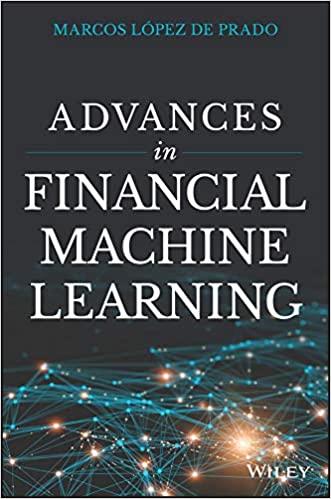





Clifford Clark is a recent retiree who is interested in investing some of his savings in corporate bonds. His financial planner has suggested the following bonds: - Bond A has a 10% annual coupon, matures in 12 years, and has a $1,000 face value. - Bond B has an 8% annual coupon, matures in 12 years, and has a $1,000 face value. - Bond C has a 12% annual coupon, matures in 12 years, and has a $1,000 face value. Each bond has a yield to maturity of 10%. values, if any. If an answer is zero, enter "0". Download spreadsheet Bond Valuation-880c58.xlsx a. Before calculating the prices of the bonds, indicate whether each bond is trading at a premium, at a discount, or at par. BondAissellingatBondBissellingatBondCissellingatbecauseitscouponrateisbecauseitscouponrateisbecauseitscouponrateisthegoinginterestrate.thegoinginterestrate.thegoinginterestrate. b. Calculate the price of each of the three bonds. Round your answers to the nearest cent. Price (Bond A): $ Price (Bond B): \$ Price (Bond C): \$ Currentyield(BondA):Currentyield(BondB):Currentyield(BondC):%%% d. If the yield to maturity for each bond remains at 10%, what will be the price of each bond 1 year from now? Round your answers to the nearest cent. Price (Bond A): \$ Price (Bond B): $ also callable in 6 years at a call price of $1,030. 1. What is the bond's nominal yield to maturity? Round your answer to two decimal places. % 2. What is the bond's nominal yield to call? Round your answer to two decimal places. % 3. If Mr. Clark were to purchase this bond, would he be more likely to receive the yield to maturity or yield to call? Explain your answer. Because the YTM is the YTC, Mr. Clark expect the bond to be called. Consequently, he would earn f. Explain briefly the difference between price risk and reinvestment risk. This risk of a decline in bond values due to an increase in interest rates is called . The risk of an income decline due to a drop in interest rates is called Which of the following bonds has the most price risk? Which has the most reinvestment risk? - A 1 -year bond with a 10% annual coupon - A 5-year bond with a 10% annual coupon - A 5-year bond with a zero coupon - A 10 -year bond with a 10% annual coupon - A 10-year bond with a zero coupon a has the most price risk. a has the most reinvestment risk. g. Calculate the price of each bond (A, B, and C) at the end of each year until maturity, assuming interest rates remain constant. Round your answers to the nearest cent. Create a graph showing the time path of each bond's value. Choose the correct graph. The correct graph is 1. What is the expected current yield for each bond in each year? Round your answers to two decimal places. 2. What is the expected capital gains yield for each bond in each year? Round your answers to two decimal plac 3. What is the total return for each bond in each year? Round your answers to two decimal places












